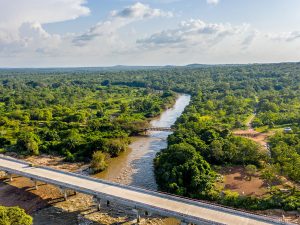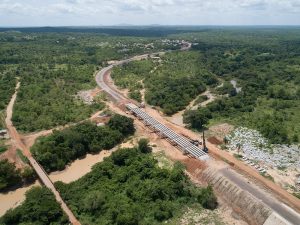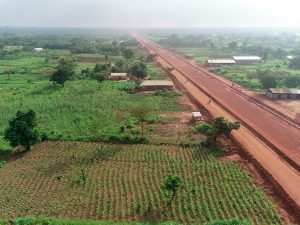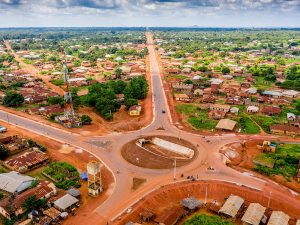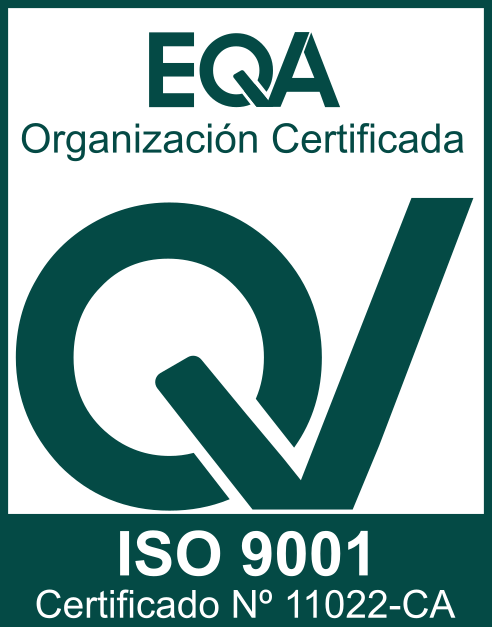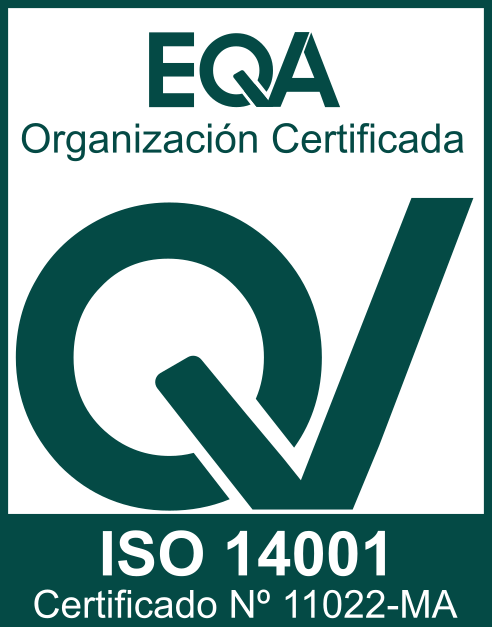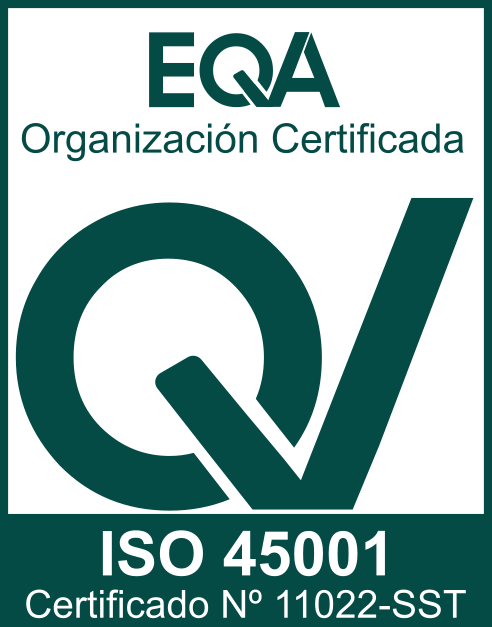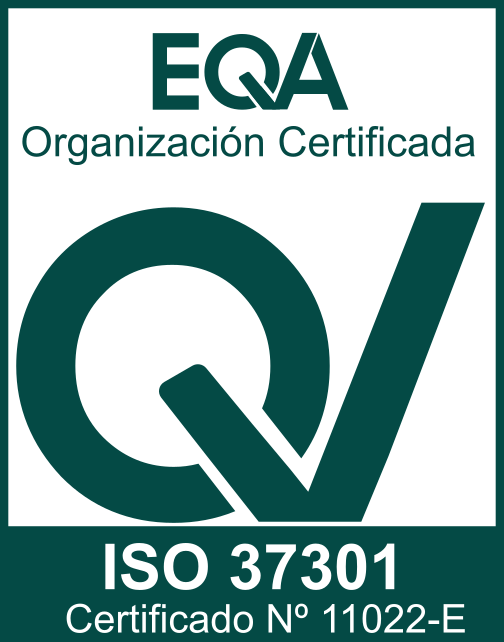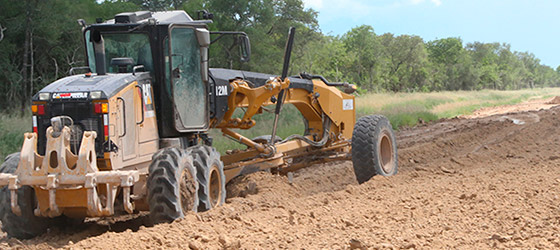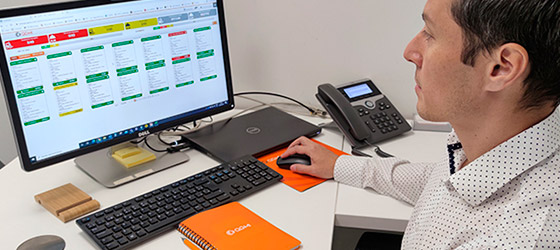KETOU-SAVE
BENIN
JUSTIFICACIÓN DEL PROYECTO
El proyecto Ketou-Save consiste en la construcción de una carretera de 138 km de longitud entre las localidades de Ketou y Save, atravesando las regiones de “Collines” y “Plateau”. El proyecto está dividido en tres segmentos: uno de 85,8 km, otro de 26,6 km y otro de 27,5 km, además de un puente de 200 metros y, con su implantación, se pretende promover el intercambio de bienes y productos agrícolas de regiones remotas con los principales núcleos urbanos de Benín y de Nigeria.
El alcance del trabajo realizado ha incluido:
- Construcción de una carretera con pavimentación asfáltica de 138 km.
- Construcción de un puente de 200 metros.
- Obras de movimiento de tierras, pavimentación, drenaje y señalización.
El proyecto se desarrollará de acuerdo con las normas internacionales (IFC Performance Standards, Directrices sobre medio ambiente, salud y seguridad del Banco Mundial, Enfoques Comunes de la OCDE) y la normativa nacional.
Para más información sobre el Proyecto,
póngase en contacto con nosotros a través
de nuestra página de Contacto.

